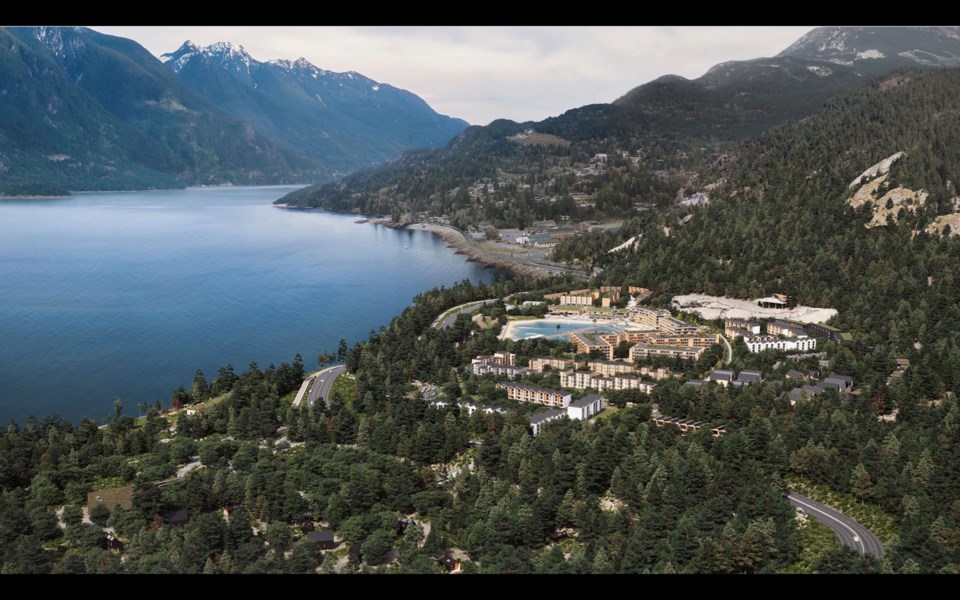The Squamish-Lillooet Regional District (SLRD) has taken the first steps towards what could lead to changes in municipal boundaries.
At the Feb. 29 board meeting, directors agreed to support a motion by Area D director, Tony Rainbow, for the SLRD to make contact with the provincial government on what steps it needs to take in considering the incorporation of Britannia Beach, Furry Creek, and Porteau Road—all of which are unincorporated areas within Area D set for large population increases in the coming years.
In speaking to his motion, Rainbow said he has fielded many questions from residents of those communities about incorporation in light of changes to come.
“We have the new development in Britannia, a new commercial centre which will be open soon, we’ve zoned Britannia South and Furry Creek for an incredible number of new homes … we’re basically dumping a new town in that area which is at least the size of Pemberton, maybe a little larger,” he said.
The communities of Britannia Beach and Furry Creek recorded a population of 654 people between them as of the 2021 census, and recent development permits are slated to add thousands of units to the area in coming years.
Rainbow said enquiries from the public led him to believe those communities and the SLRD need help in feeling out how to proceed towards incorporation—and whether it is necessary at all.
He pointed to provincial resources for unincorporated areas considering options, saying the scope of considerations is vast.
“The kinds of things they consider are population growth trends, proximity to neighbouring communities, road networks, diversity of property tax base, existing local services, community involvement, nature of the local economy and future prospects,” he said.
Rainbow stressed the preliminary nature of his ask of fellow directors, and that it is not an application to the provincial government for those communities to incorporate.
“I want to do this to try to keep things calm,” he said. “So if there’s going to be any discussion about incorporation, it’s done in a reasonable and logical way with the right kind of information.”
All directors supported his motion.
Staff noted that, given the scope of incorporation, it would be a large project for the SLRD if the subject proceeded any further, so preliminary contact with the provincial government to assess options is the best course of action as a first step.
The possibility of provincial funding to pursue a feasibility study is on the table, should initial contact affirm incorporation is a viable option for the area.
Speaking to Pique, Rainbow said at this point, there is not a large enough population to support incorporation, but with changes coming it is the sort of homework the SLRD needs to do to be ready.
“I would suggest there’s not enough at the moment to think about moving forward, but as the numbers increase we need to have some kind of a plan in place, and that’s what I’m looking for,” he said.
As the elected representative for Area D, Rainbow represents a little over 1,000 people, according to the SLRD. With more units built on Howe Sound, that number could increase to outstrip some of the constituent municipalities within the regional district—and residents would likely expect more representation than one director.
“When I look at what is happening here, when you’ve got those 2,000 homes completed, when people have moved in, they would be looking for more representation than they could get from one Area D representative, so at some point the numbers will dictate that a change has to be made,” he said.
“We have to lead this, we don’t have to be sitting here waiting for something to catch us unawares in a couple of years’ time, we need to be ahead of the game.”
The last time a new community was incorporated within the SLRD would have been the creation of the Resort Municipality of Whistler, in 1975. The SLRD pre-dates Whistler by seven years, as it was created in 1968 and made up of Squamish, Lillooet and Pemberton and rural areas at the time.



